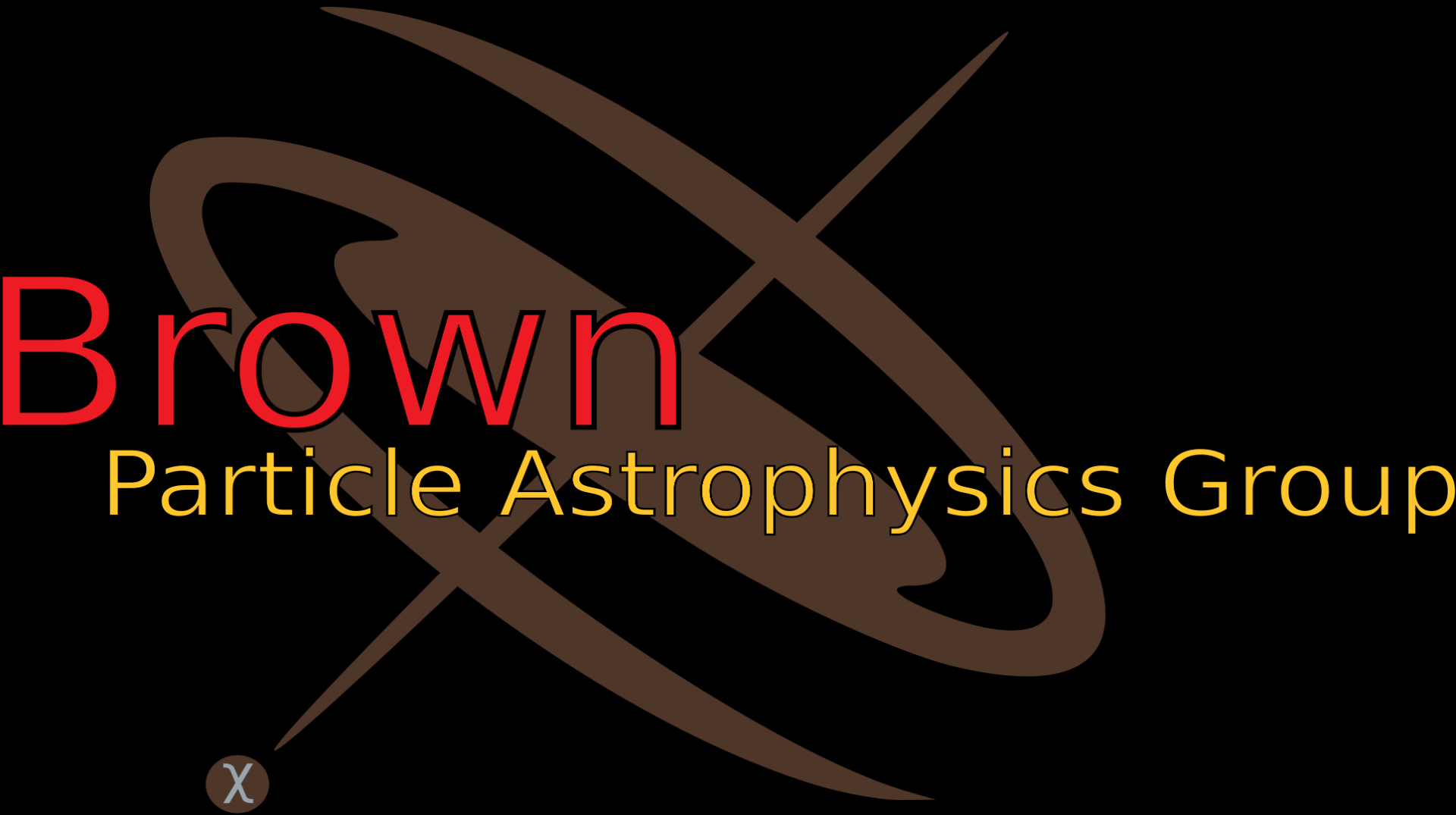About Us
The Brown Particle Astrophysics group is currently working on the LZ Dark Matter Experiment, which aims to be the first to discover a dark matter candidate called WIMPs, or Weakly Interacting Massive Particles. In constructing the detector, our group tested over 450 Photomultiplier Tubes (PMTs), which are responsible for detecting and amplifying scintillation and ionization signals in the Xenon Time Projection Chamber (TPC). This program spanned more than two years before constructing and assembling the final arrays implemented in LZ. In conjunction with this project, our group configured a deuterium-deuterium (DD) fusion neutron generator, which is responsible for contributing Nuclear Recoil (NR) calibrations for LZ. These NR signals are exemplary of Dark Matter events in the Xenon medium.
Prior to LZ, the Brown PA group contributed to PMT testing and DD-generator calibration in the LUX Dark Matter Experiment, which is LZ’s predecessor. In addition, our group provided a significant portion of the data acquisition (DAQ) system to LUX, and the computational power necessary to analyze its data using Brown University’s computing cluster run by the Center for Computation and Visualization (CCV).
Current Members

Rick Gaitskell
Professor
Rick Gaitskell is Hazard Professor of Physics and Director of the Center for the Fundamental Physics of the Universe (CFPU)+ at Brown University. He is a long-standing member and the spokesperson of the world-leading dark matter search experiment LZ collaboration. He has been pursuing the direct detection of dark matter detection for over 25 years. He was the spokesperson of the LUX experiment at Sanford Lab, a PI on the XENON10 experiment at LNGS, Italy, CDMS II at Soudan Mine, MN, and also worked on the CDMS I experiment at Stanford University.
He is a Fellow of the American Physical Society.

Jeanne Bang
Graduate Student
Jeanne earned her B.S. in physics from Seoul National University in 2018 and joined the Brown PA group in the same year. In her undergraduate years, she worked on particle physics fields including neutrinos and high energy experiments. Her current research interests are dark matter, particle physics and astrophysics. She is now actively involved in LZ dark matter project.
After defending her thesis in December 2024, she is now working in Machine Learning for Patreon.

Austin Vaitkus
Graduate Student
Austin graduated from the University of New Mexico with a B.S. in Astrophysics in 2017. His undergraduate research focused on the reduction of diffusion in directional dark matter detectors, like DRIFT.
After spending a year characterizing semiconductors at the Air Force Research Laboratory, he joined the Brown PA group in September of 2018. Here, he has been an active member in the LZ dark matter project.
He defended his thesis in December 2024.
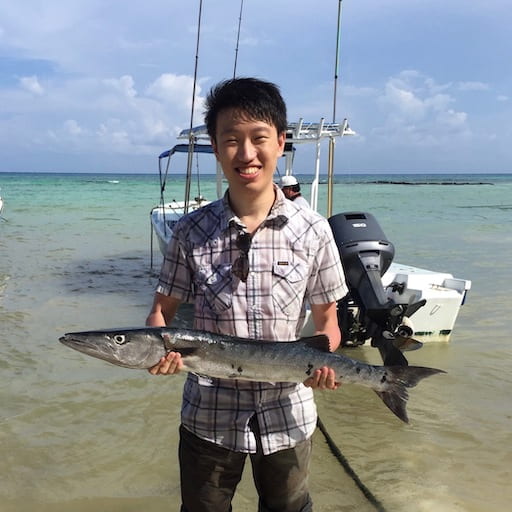
Chen Ding
Graduate Student
Chen graduated from the University of Cambridge with a B.A.(Hons) in 2013. He earned his M.S. from New York University in 2018. He had been working on the anisotropy of ultra-high-energy cosmic rays (UHECRs) before joining Brown PA group in 2021. He is now active in LZ dark matter project, focusing on analysis at the moment.
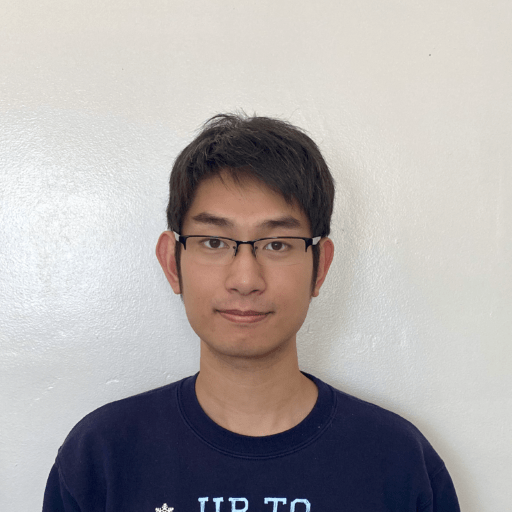
Chongwen Lu
Graduate Student
Chongwen obtained his B.S. in Physics from the University of Illinois Urbana-Champaign in December 2020. His undergraduate research focused on the formation and evolution of large-scale structures in the universe. He joined the Brown PA group in 2021 and has been actively involved in the LZ dark matter experiment. Currently, he is working on data analysis and photomultiplier tubes.

Benjamin Almquist
Graduate Student
Benjamin graduated from Vassar College with a B.A. of Physics in May 2024. His undergraduate research included work in particle astrophysics, more specifically on intrinsic contaminants in Xenon TPCs, and in condensed matter, detecting surface waves in topological insulators. He joined the Brown PA group in the Fall of 2024 and became a member of the LZ Dark Matter project.

Woody Hulse
Undergraduate Student
Woody is an undergraduate at Brown University, pursuing a B.S. in Computer Science and a B.A. in Mathematics, with a focus on applied deep learning and visual computing. He joined the Brown PA group in Spring 2024 on an Undergraduate Teaching and Research Award (UTRA). Currently, he’s working on developing autoencoder methods for data compression and deep learning-based likelihood estimation for particle events in LZ PMT data.

Benjamin Bradley
Undergraduate Student
Ben is an undergraduate at Brown University pursuing a B.S. in CS and a B.A in APMA. His work with Brown PA started Fall 2023 through developing applications for automated RL-driven navigation of gravitational environments. Ben is also involved with on-going work on RL-driven symbolic regression for discovery of novel particle physics models with the Physics Department’s Prof. Loukas Gouskos. Outside of the lab, Ben holds leadership positions as President of The Brown Derbies a cappella group, executive member of the Brown AI Safety Team, and is involved with the Brown Debate Union, Brown Forecasting Club, and Brown Investment Group.
Former Members
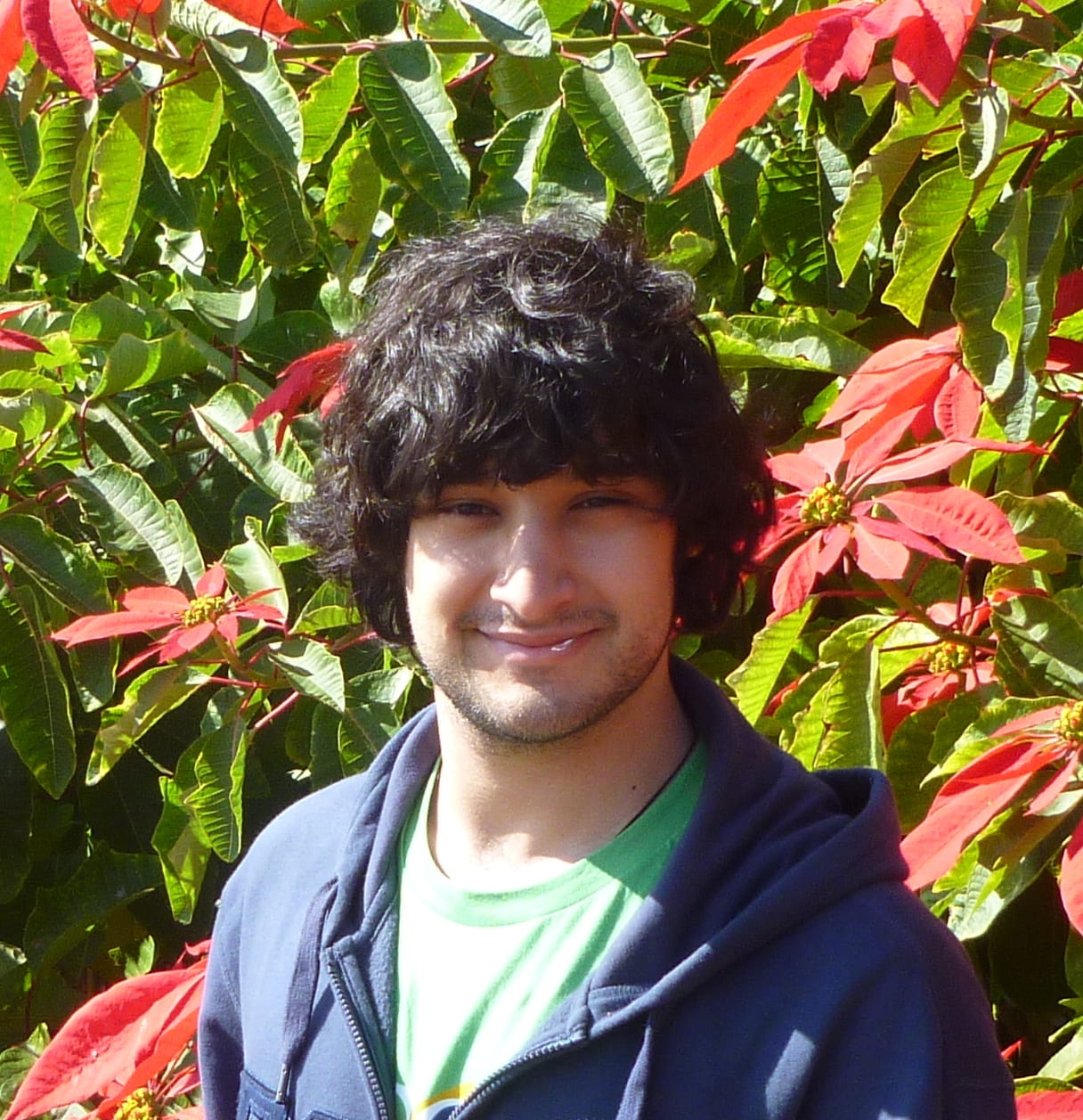
Casey Rhyne
Graduate Student
Casey earned his B.S. in Astronomy and Physics from Yale University in 2013 and focused his research efforts on simulations of the PIXeY research detector, its light response and its neutron recoil discrimination as a function of its drift field. After graduating, he spent a year researching potential radon screening techniques for LZ at the University of Alabama, Tuscaloosa.
Casey has worked on simulations and experiments of a new neutron calibration mode using a Deuterium-Deuterium neutron generator that would expand LZ’s nuclear recoil calibration capabilities into a new lower energy regime. This calibration work is used in LZ. Casey led the environmental cleanliness controls and monitoring and jointly directed the assembly of the LZ photomultiplier tube arrays, which helped to deliver the arrays with a sufficiently low level of ambient radioactive contamination for use in LZ.

Will Taylor
Graduate Student
Will joined the Brown PA group in the summer of 2014 after graduating from Princeton University with a B.A. in physics. Will’s undergraduate work focused on polonium contamination in low-background experiments such as Borexino and DarkSide.
Since joining the group, he has been involved with managing the data processing and served as Data Processing Coordinator for the LUX Collaboration in 2015. He also works on the group’s neutron calibration efforts and became L3 for the LZ neutron calibration work in January 2017. In addition, he has designed LZ’s LED calibration system.

Xin Xiang
Postdoc
Xin started as a Leon N Cooper Postdoctoral fellow at Brown University in October 2018. Upon the arrival, Xin joined the local particle astrophysics group under Richard Gaitskell and has been actively involved in both software and hardware aspects of LZ dark matter project. Xin is also interested in exploring innovative ideas to explore low mass DM.
Prior to joining Brown, Xin received his B.S. degree (advisor: Benjamin Monreal) from UCSB with Highest Honors in 2013 and his Ph.D. degree (advisor: Cristiano Galbiati) in physics from Princeton University in 2018. Xin’s Ph.D. dissertation details the studies of Cherenkov-related background in the DarkSide-50 detector.
Xin’s Erdős number is 6, and his Bacon number is infinity.

Nat Swanson
Graduate Student
Nat started his Ph.D. program at Brown University in September 2018. Upon the arrival, Nat joined the particle astrophysics group under Richard Gaitskell and has been actively involved in both software and hardware aspects of LZ dark matter project.
Prior to joining Brown, Nat received an A.A. degree from Montgomery College in 2014 and B.S. degrees (advisor: Carter Hall) from UMD in physics and astronomy, graduating with highest honors in 2018. His undergraduate thesis was on Krypton Ingress Surveillance of Prototype LUX-ZEPLIN Cylinder.
In the minute free time Nat has, he either plays music or goes hiking and rock climbing.
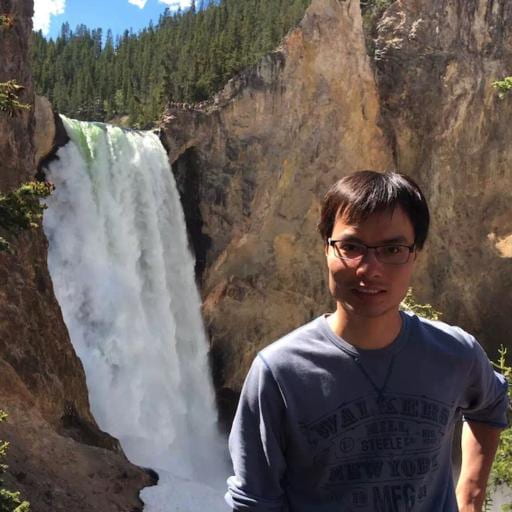
Dongqing Huang
Graduate Student
Dongqing joined Brown PA group in the summer of 2012. He has been heavily involved in LUX dark matter search experiment since its commissioning, pioneering the field of low energy calibration of LXe response to incident particles. His work will significantly improve LXe TPC sensitivities to low mass WIMPs. Dongqing has also worked on the LZ experiment, serving as the L3 manager for LZ DD neutron calibration system from summer 2015 to early 2017.
He joined University of Michigan at Ann Arbor as a research fellow to continue dark matter searches with the LZ experiment.
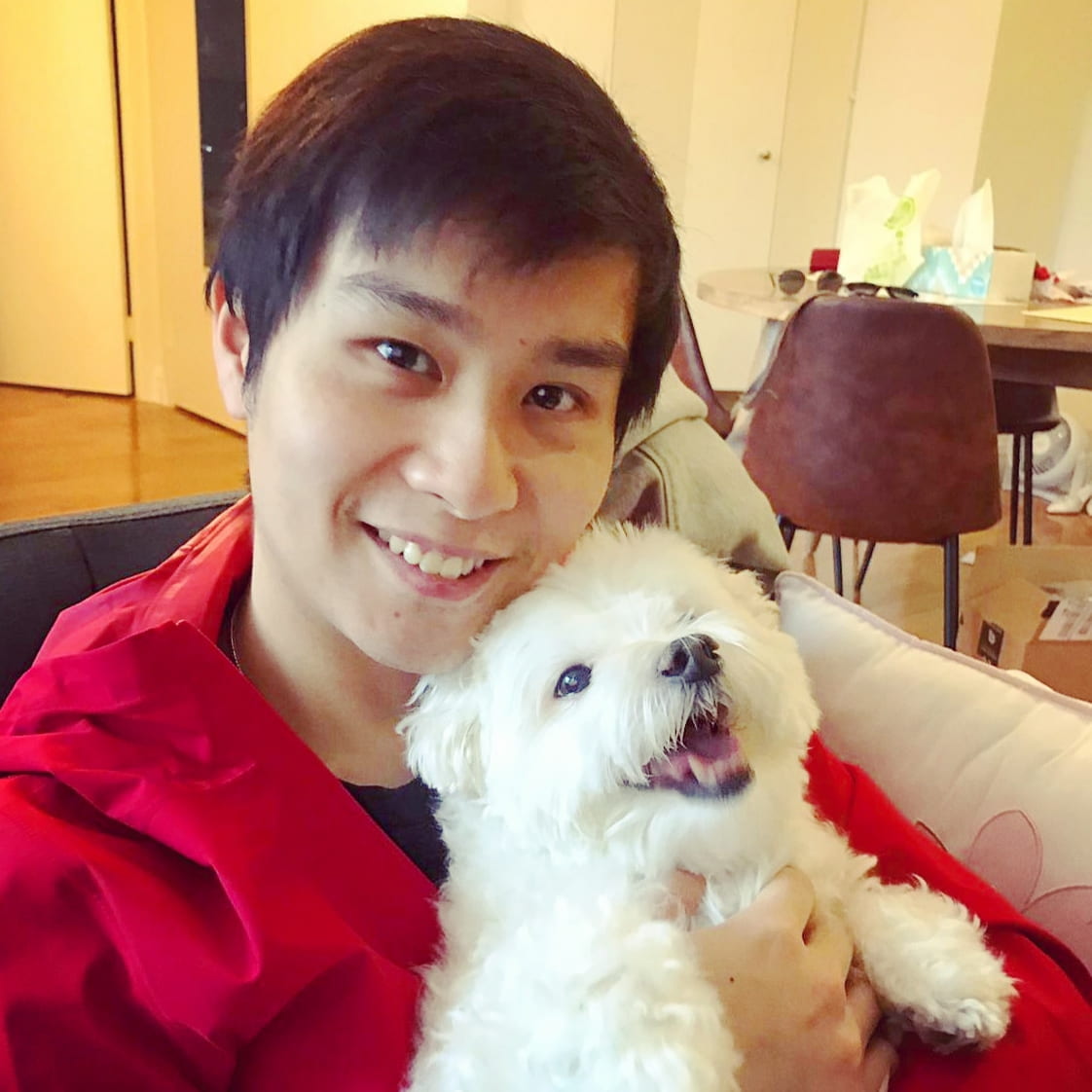
Samuel Chan
Graduate Student
Samuel received his Bachelor of Science in Astrophysics from University of Toronto in 2012. Since joining the group in summer 2012, Samuel has worked on the characterization, assembly, and overall management of the R11410 PMT arrays in LZ. He is also highly involved in the LZ xenon skin PMT system. Apart from the PMT work he is also interested in applying machine learning to go beyond current analysis boundaries. For example, analyzing raw PMT waveforms using machine learning can help the search for rare decay events hidden in LUX data.
Hopefully more of these rare decays will happen in LZ and be detected by the PMT arrays he built!

Junhui Liao
Postdoc
Jun joined the Brown Particleastrophysics group in the spring of 2017, where he took on roles helping to test and document the LED calibration system and contributing to the LUX effective field theory (EFT) analysis group. Jun also helped manage the PMT testing and array assembly programs.

Jake Lyle
Technician
Jake received his Bachelor of Science in Physics from Rensselaer Polytechnic Institute (RPI) in 2013. He originally transferred from Community College of Rhode Island in 2010 and was awarded the Rensselaer Award for Excellence for having an outstanding transfer resume.
After finishing his undergraduate thesis on modeling the spatio-kinematic structure of SNR E0102 in the Small Magellanic Cloud, Jake bounced around the United States working both as a private tutor and employed instructor for various agencies. In early 2016 he joined Rick Gaitskell’s group as a LZ Research Technician to provide research engineering expertise for the LZ PMT Testing Program. In that pursuit he helped design, build, and operate a cryogenic chamber used to test over 500 PMTs that will be used in the LZ Dark Matter Experiment.
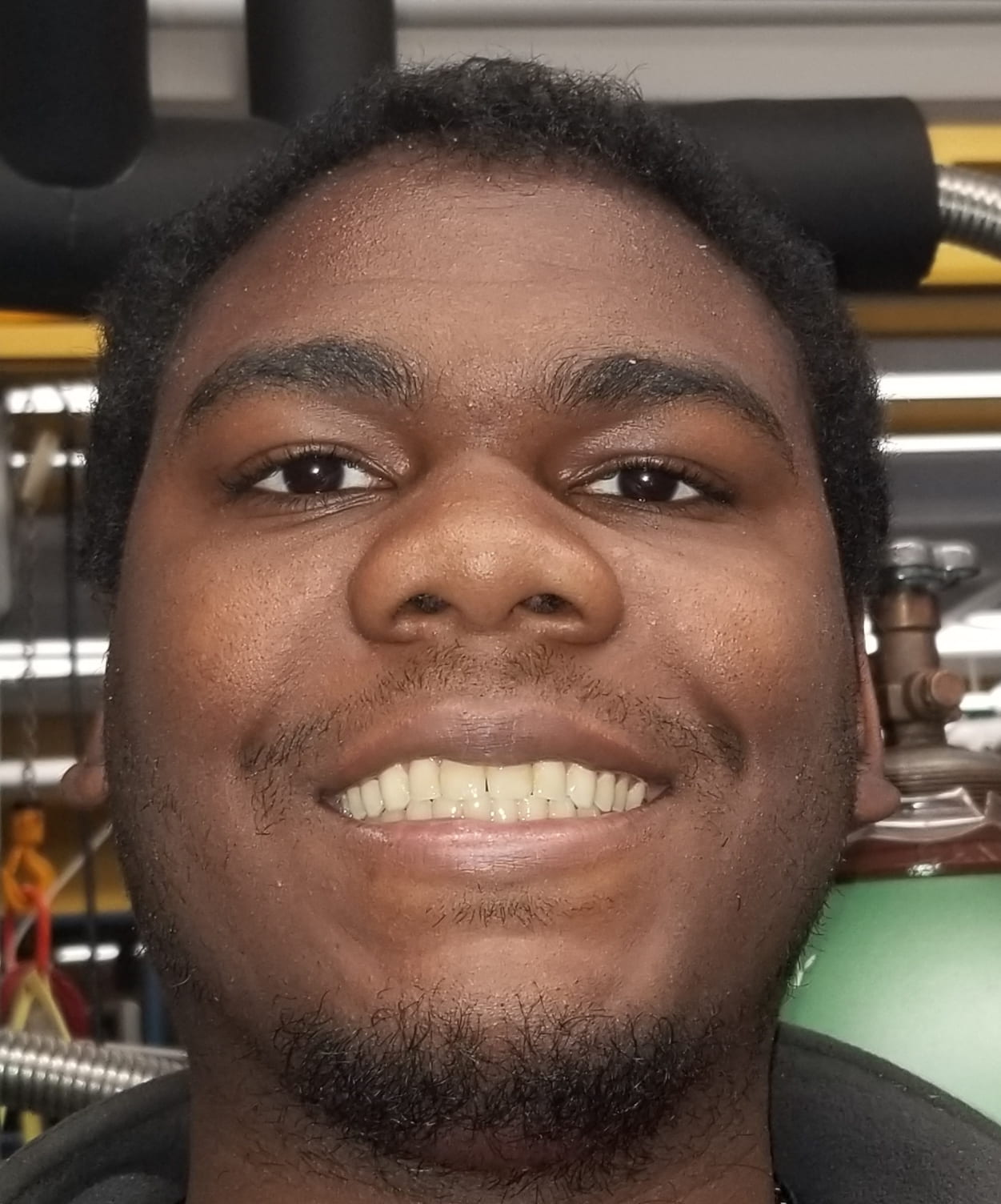
Devon Seymour
Technician
Devon graduated from Brown University in 2017 with a B.S. in Astrophysics. His current research interests lie in discovering the particle nature of dark matter. He has actively worked on LZ since 2014 at both the University of Maryland and Brown University. At Maryland, he researched potential radon trapping and transporting techniques for testing LZ components. At Brown, he conducted extensive testing and analysis on LZ PMTs, determining their usabilty in the upcoming experiment.
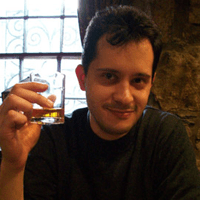
Simon Fiorucci
Research Scientist
Simon Fiorucci obtained his Ph.D. on the cryogenic dark matter experiment EDELWEISS in 2005. He joined the BrownPA group at the end of 2005 to work as a post-doc on XENON10. This had him full-time in Italy at the Gran Sasso lab for the next two years. He worked on LUX at Brown, specifically on the underground lab design and construction, and on background studies.
He served as Commissioning Director for the LUX underground installation, and as Science Coordinator when it started running.He now works as the LZ Operations Manager at Berkeley National Lab.

James Verbus
Graduate Student
James received his Bachelor of Science in Physics from Case Western Reserve University (CWRU) in 2009. He was awarded the Coline M. Makepeace Fellowship for his first year of graduate study at Brown University. Among other things, he was involved in the characterization of the photomultiplier tubes in the LUX experiment, design of the LED calibration system, and the development of control interfaces. He also had a major role in defining and executing the LUX data processing strategy, and led the research effort using a D-D neutron generator as a calibration source for xenon detectors.
He is now a data scientist at LinkedIn.
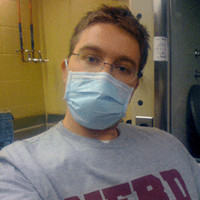
Jeremy Chapman
Graduate Student
Jeremy earned his B.S. in Physics and B.S. in Computer Engineering with a minor in Electrical Engineering from Syracuse University in 2007. Jeremy joined the particle astrophysics group the summer prior to his first year as a graduate student at Brown University in 2007. Jeremy worked on a novel data acquisition system for the LUX dark matter experiment. Jeremy was also largely responsible for the WIMP search data analysis of the first LUX underground result.
In his free time Jeremy enjoys exercising, cooking, and building robots that will one day brew him beer.
He now works at Lincoln Labs.
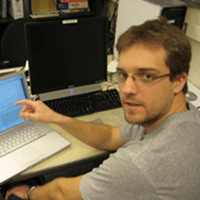
David Malling
Graduate Student
Dave earned a B.S. in Engineering Physics with a minor in mathematics from Syracuse University in 2007. His work in the Particle Astrophysics group focused on Monte Carlo simulations of detector response, including light propagation, backgrounds, and calibrations. He also remotely managed the material screening program using the SOudan LOw-Background Counting Facility (SOLO) located at the Soudan Underground Lab.
He now works at Lincoln Labs.
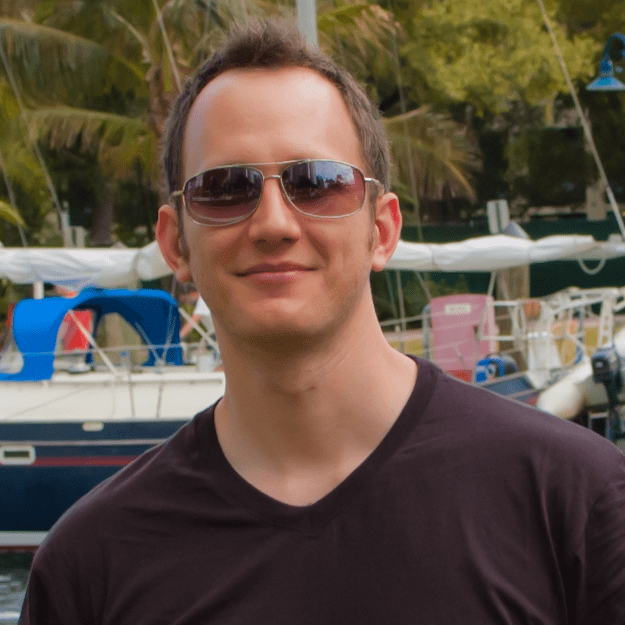
Carlos Faham
Graduate Student
Carlos is originally from Mexico and earned his B.S. in Physics from Arizona State University (ASU) in 2007 (after switching from a 3rd year engineering degree). As a graduate student, Carlos wass responsible for the testing, handling and overall management of the LUX R8778 photomultiplier tubes. In addition to his interest in photodetectors, he is interested in advanced data analysis methods. Carlos was awarded a Brown Fellowship and a 3-year NSF Fellowship for research with Prof. Gaitskell.
In his free time, Carlos likes to salsa dance, take photographs and play music.
He is now a data scientist at LinkedIn.

Monica Pangilinan
Postdoc
Monica Pangilinan obtained her Ph.D on the discovery of the electroweak production of the top quark in 2010 and soon thereafter started working on LUX as a postdoc with the BrownPA group. She was looking into backgrounds for the LZ detector, coordinating the simulations effort, and into entertaining things to do at Providence.
She has now gone back to the West Coast to work in industry.
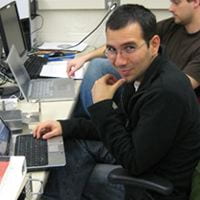
Luiz de Viveiros
Graduate Student
Luiz worked on both the XENON10 and LUX dark matter projects. Thesis: “Optimization of Signal versus Background in Liquid Xe Detectors Used for Dark Matter Direct Detection Experiments”.
Luiz is now a professor at Penn State University, working on LZ and Project 8.

Peter Sorensen
Graduate Student
Peter worked on the XENON10 dark matter project. Thesis: “A Position-Sensitive Liquid Xenon Time-Projection Chamber for Direct Detection of Dark Matter: The XENON10 Experiment”.
Peter is now a Research Scientist at Berkeley National Lab.

Mike Attisha
Graduate Student
Mike worked on the CDMS dark matter project. Thesis: “Cryogenic Dark Matter Search (CDMS II) – Application of Neural Networks and Wavelets to Event Analysis”.
